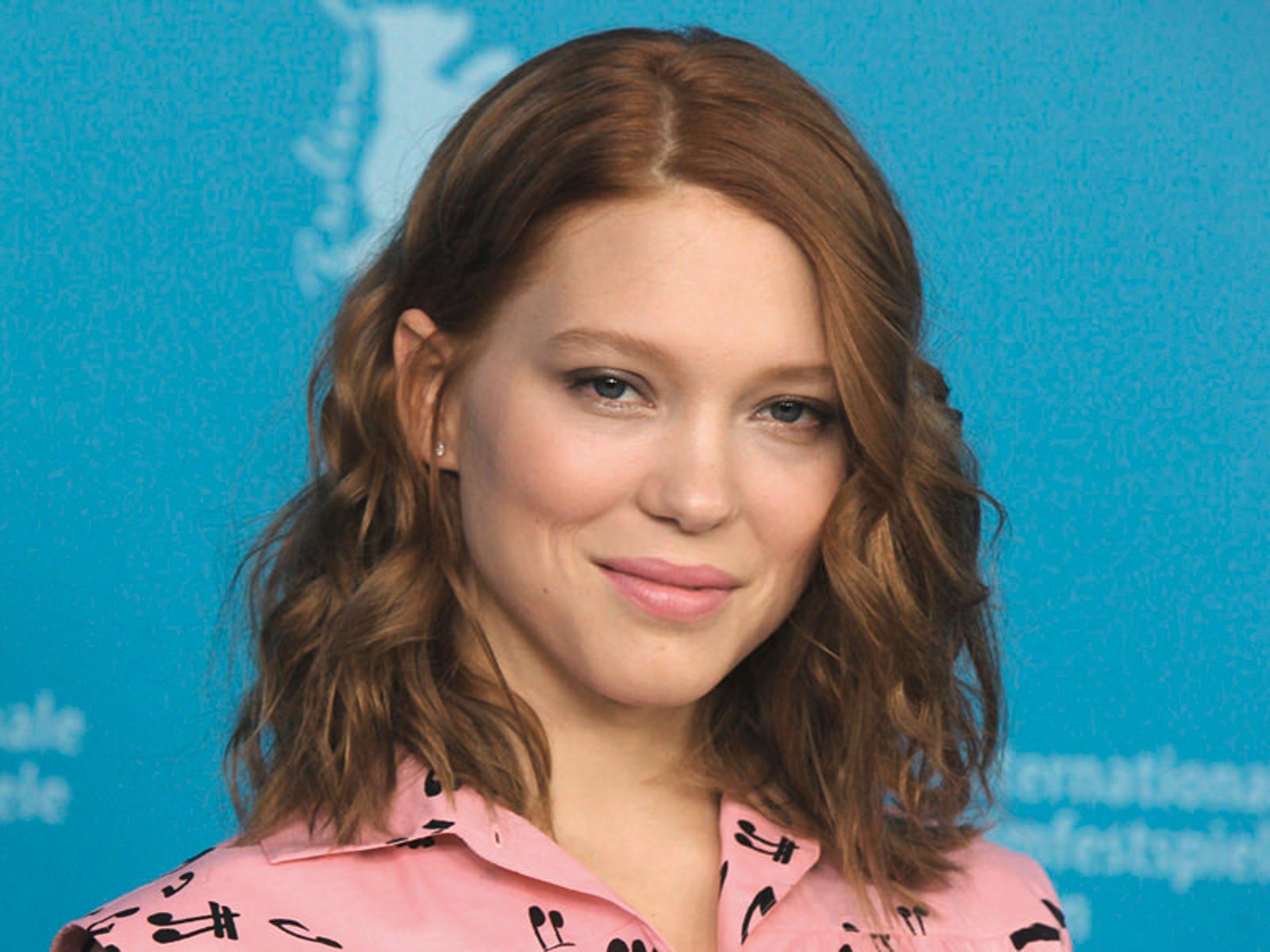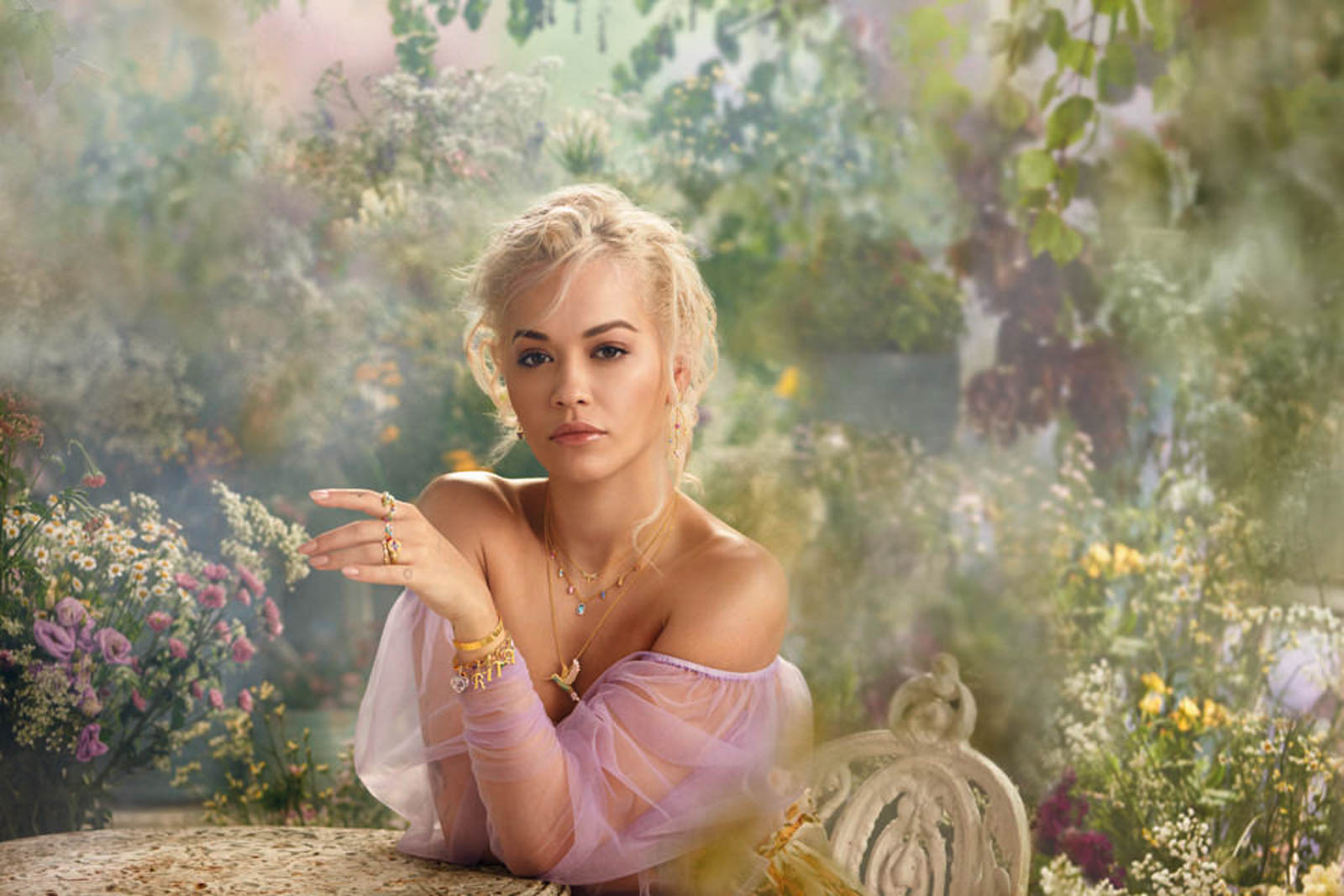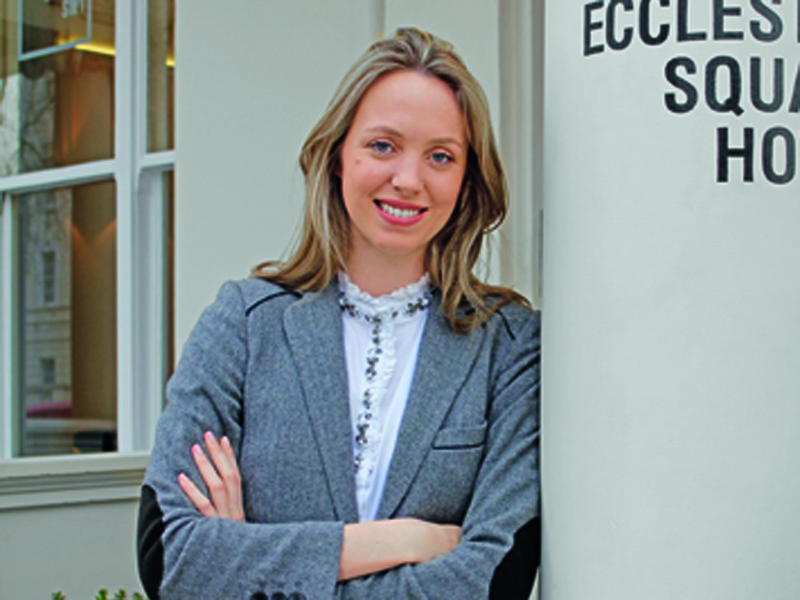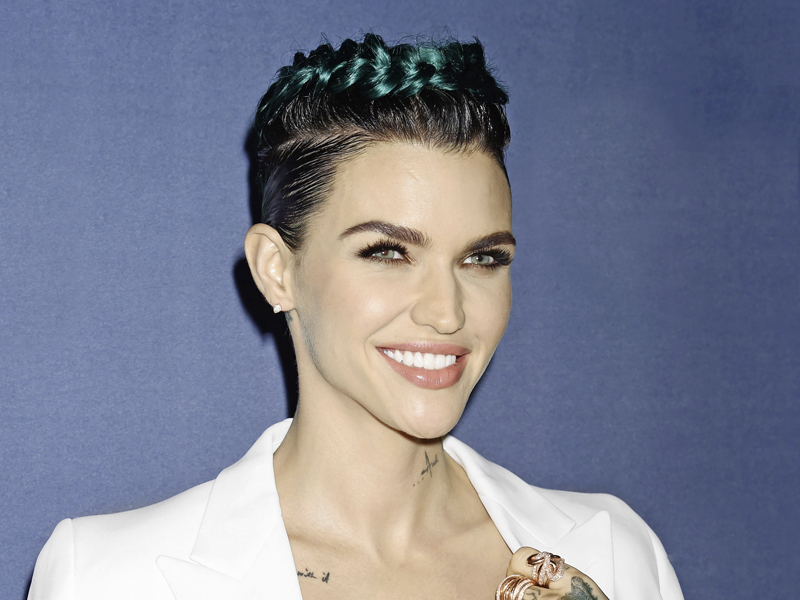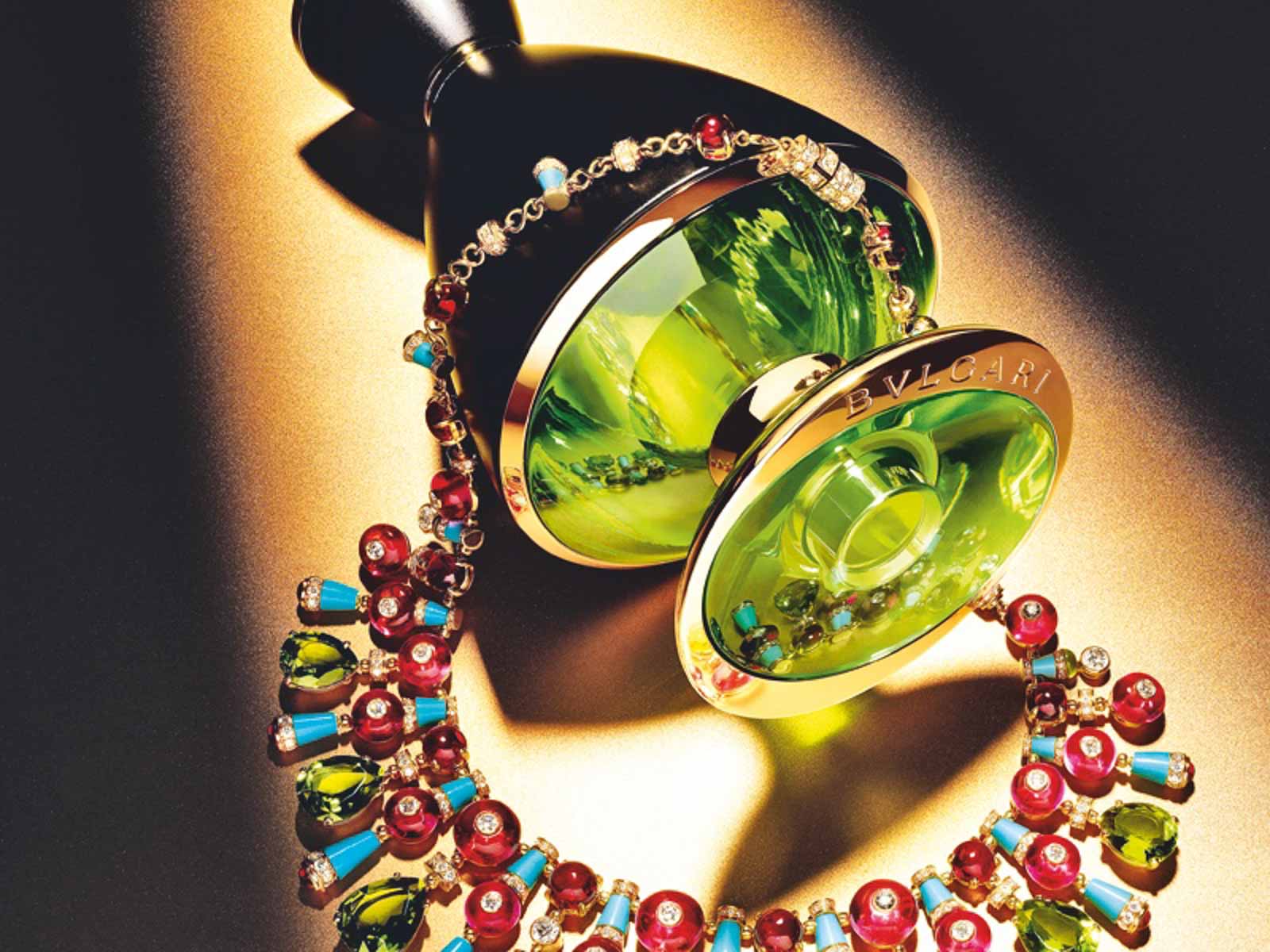
Woody Allen and Wes Anderson, Vogue and Miu Miu – the object of the collective desire of cult directors, fashion and PR stars currently has only one name: Léa Seydoux. The parable of the ugly duckling once again comes to a happy ending. Or something like that.
The hysteria surrounding the ash-blonde Frenchwoman is reminiscent of a table bomb going off at a child’s birthday party. Bloggers, critics and luminaries of the caliber of Tarantino have long since smelled a rat. Jury president Steven Spielberg awards Léa Seydoux the Palme d’Or at Cannes. Vogue Paris shoots fashion spreads with her and she realizes a perfume campaign for Prada under the direction of Wes Anderson. With his “Grand Hotel Budapest”, the profound indie love drama “Grand Central”, “Saint Laurent” and most recently “Beauty & the Beast”, she is currently represented four times in the cinema program. Almost single-handedly, she saves the horror thriller interpretation of the folk tale from ridicule with a brilliant acting performance. As Léa Seydoux explains: “Belle reminds me a lot of the child I once was.” In other words, one who finds herself in a surreal environment, in her case the smoothly polished parquet floor of the rich and beautiful. Mick Jagger and Christian Louboutin pop in for a pastis at her parents’ house in Paris. Léa Seydoux was practically born into the castle in the air of the Francophile entertainment industry. Her grandfather is a carpetbagger at the Pathé media group (which also produced “Beauty & the Beast”). The great-uncle runs the soccer club OSC Lille, Daddy the business of a telecommunications giant. Her mother has acting ambitions and her own boutique for African art, and once hired her daughter as a model for a jewelry collection. Only, in the golden glamor nest, Léa Seydoux is the cuckoo’s egg. In the shadow cast over her childhood by her parents’ early separation, she vegetates deep into her teenage years – as a borderline-depressive bespectacled snake with a short haircut. She has hardly any friends, talks little, but devours one book after another and hides away in their fictitious parallel worlds. In this self-imposed seclusion, a quirky career aspiration germinates: the princess on the pea wants to become an opera singer. She actually begins her training, but drifts off to acting lessons in the middle of it to impress her former crush. This plan goes awry, but a door opens elsewhere: American Apparel brings the visually blossomed wallflower on board for a scandalously revealing shoot. And yes, sex sells, the posters give her career a boost. Scripts and offers fluttered in, she won the Newcomer Award at Cannes, a supporting role in Tarantino’s “Inglorious Basterds” (2009) and the role of Isabella in Ridley Scott’s “Robin Hood” (2010). The archer blockbuster hits the heart of the fashion industry, the major fashion magazines put her in the pages, photographed by star photographers. Voilà, from outsider to style icon! If you analyze her success story, you soon discover the character trait that sets Léa Seydoux apart from the numerous and faceless glossy barbies in the fast-moving business of people magazines: The melodramatic aura of the scrappy child of divorce, which the 28-year-old still radiates today. And to this day, the sensitive diva sometimes feels the pinch. This is what happened at the 2009 Cannes Film Festival: showbiz overkill, collapse, homesickness for France. The latter possibly intensified by an engagement shortly before – the one in Woody Allen’s “Midnight in Paris” (2011). Seydoux flees, returning to Europe from New York in the meantime – and to auteur films, such as the critics’ favorite “Sister” (2012) by Franco-Swiss Ursula Meier. Gradually, her rehabilitation is succeeding and the Cinderella from the sixth arrondissement is cautiously but persistently approaching the limelight again, dancing at the really big weddings once more. Where she is welcomed with open arms, the show must go on! But in view of the current hype, it would perhaps contribute to psychological stability if the prince were to come around the corner on his shitty horse.


